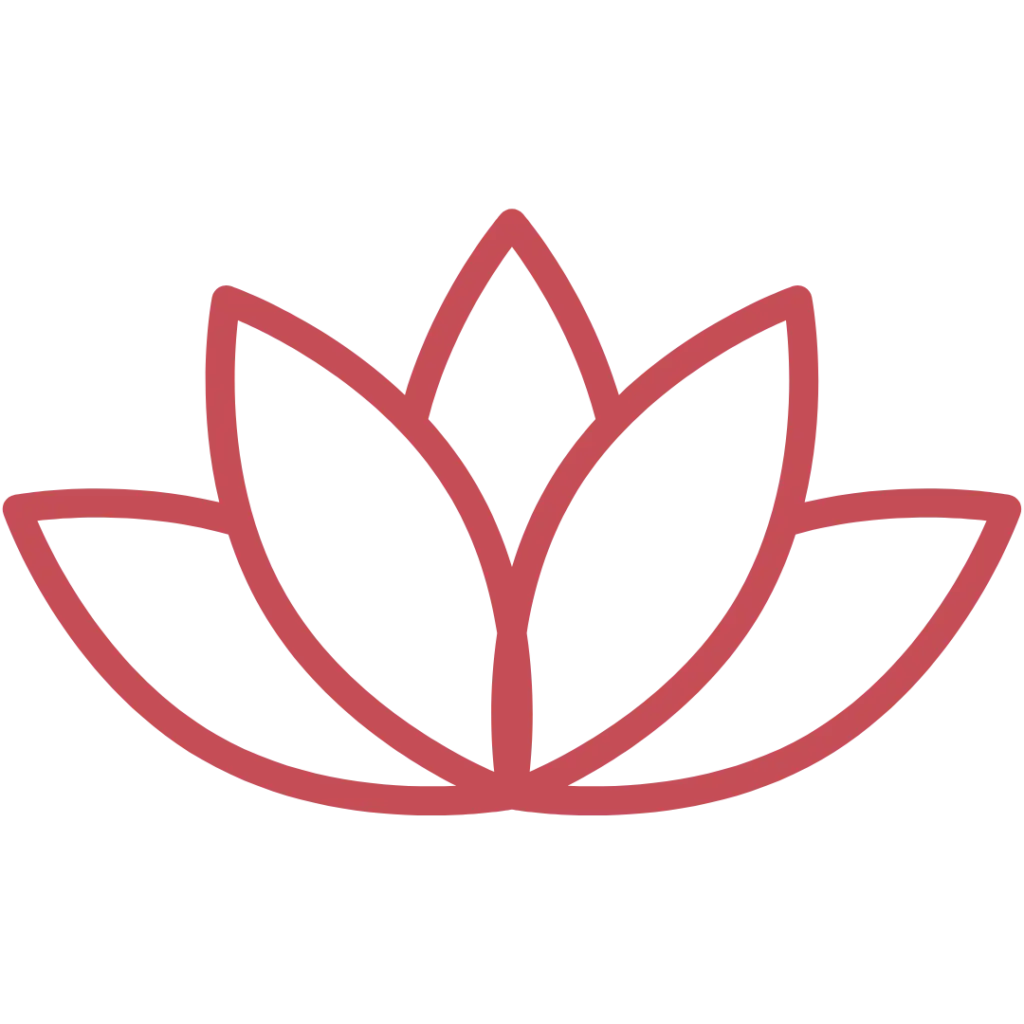Share this article:

"Through the subtle art of mudras, we connect with the universal energy and unlock our inner potential."
~ Unknown ~
The word “Mudra” is Sanskrit and translates as "gesture," "mark," or "seal." Contrary to popular belief, mudras are not just fancy hand placements but can involve and affect the whole body. As explained in the book “Asana Pranayama Mudra and Bhanda” by Swami Satyananada Saraswati, “Mudras are a combination of subtle physical movements which alter mood, attitude, and perception, and which deepen awareness and concentration. A mudra may involve the whole body in a combination of asana, pranayama, bandha, and visualization techniques, or it may be a simple hand position.”
Mudras control Prana (energy) in a manner similar to a mirror reflecting light. Through the mudra practice, barriers are created within the body, redirecting the energy within. By combining all of these elements, both physical and vibrational, you get a very very powerful shift of the energy in your body to help achieve different effects and connect to your timeless self.
Mudras can be done almost anywhere in almost any situation, so they are a handy way to adjust your mind, body, and energy, according to the demands of daily life. For example, you might form a mudra with your hands under the table during a meeting to help yourself be more patient, wise, or alert.
Mudras are energetic seals that direct the circulation of Prana in particular ways. For example, instead of being gripped by thoughts that give you the impression that you are not good enough, mudras can help create a self-contained energy loop that regenerates and strengthens yourself.
There are five broad categories of mudras:
In the remainder of this article, we will be focusing only on the first category of Hand Mudras, also known as Hast Mudras.
Mudras use similar concepts as other healing modalities like reflexology and Chinese Medicine. Not every place in your body has the same sensitivity. In fact, you can examine an image of the Cortex Man (scientific name: Cortical Homunculus), which shows how much of the brain is allocated to the various body parts. In this image, you can clearly see that the hands, feet, eyes, and mouth receive most of the processing power of the brain.
As described in the Aquarian Teacher Manual, “The yogis mapped out the hand areas and their associated reflexes. Each area of the hand connects to a certain part of the body or brain, representing different emotions and behaviors. The hands become a keyboard for input to our mind-body energy system.” Every mudra establishes a unique connection and impacts the body, mind, spirit, and prana in a unique way. The goal is to use the repetitive gestures and postures to help you break free from ingrained patterns and cultivate a level of awareness that can set you free from human tendencies that don’t serve you.



Incorporating mudras into your practice is very simple. All you have to do is hold a certain position for a defined period of time to gain its benefits. As you practice, listen closely to your feelings as a guide to unlocking your old energy patterns. Positions and times vary depending on the meditation and the effect that you’re trying to achieve.
Below are the 9 most used mudras you will encounter during a yoga practice.
Tip: Hover over the name of each mudra to learn more!
The following glossary includes the most commonly used types of Hast Mudras in yoga. This is not a complete list. Yogapedia explains: “Across various religious and spiritual traditions, there are believed to be around 400 known mudras.” Use this list to start exploring. Sit down in a comfortable position, hold the mudra for a couple of minutes, and really tune into your breathing to see what effects they have on your body, energy, and consciousness.
Mudras can be practiced almost anywhere and at any time. They are versatile and can be integrated into various activities throughout your day. You can practice mudras while sitting, standing, walking, or even lying down. The key is to find a quiet and comfortable place where you can focus and connect with your breath and the subtle energy movements within your body.
To practice a mudra, follow these general steps:
The duration for holding a mudra can vary depending on the specific practice and desired effect. Generally, mudras are held for a few minutes to start with, usually between 3 to 5 minutes. As you become more accustomed to the practice, you can gradually increase the duration to 15 to 20 minutes, or even longer if it feels comfortable. The key is to listen to your body and find a duration that works best for you while allowing the energy to flow and create the desired impact.

Are just starting a personal yoga practice and do not know where to start? Explore this section of our website where it will walk you step by step on how to get started!

Amrit Kaur Ramos is the founder of Areté and a Kundalini Yoga instructor with over 20 years of experience guiding students through the transformative practice of Kundalini Yoga. She is also a dedicated women’s circle leader, with over 10 years of experience creating sacred spaces for women to connect, heal, and empower each other. Amrit Kaur brings a wealth of wisdom and compassion to her teaching, inspiring others to awaken their true potential and live authentically.
Follow us on social media for daily inspiration, free resources, and community updates. Find us on Instagram, Facebook, YouTube, and LinkedIn.
Copyright 2024 © Areté. All Rights Reserved.

Fill out the form below, and we will be in touch shortly.